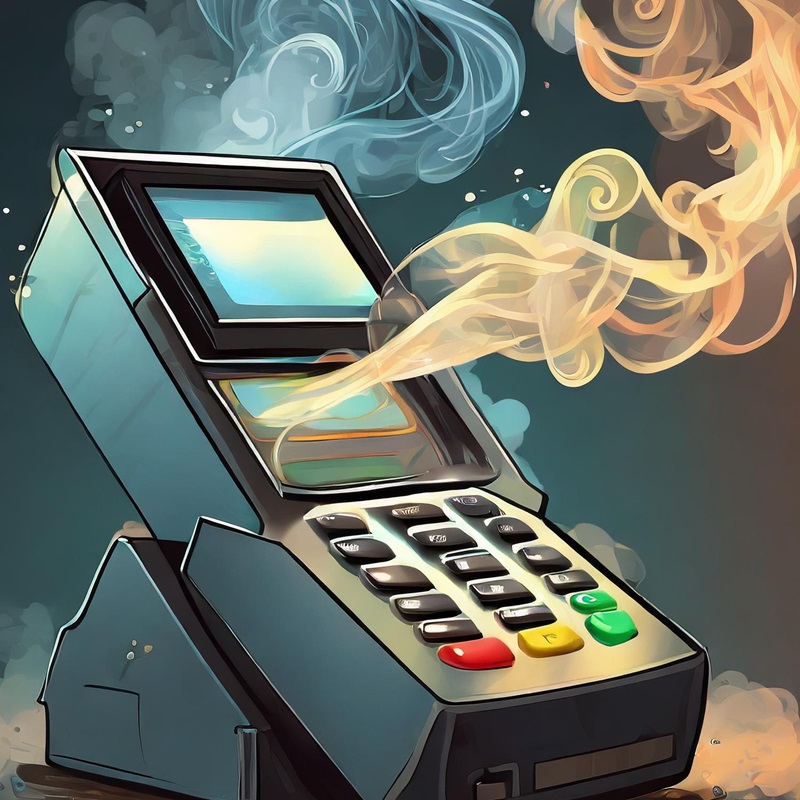
POS System Troubleshooting
A Point of Sale (POS) system plays a critical role in the daily operations of businesses, streamlining transactions and managing sales efficiently. However, encountering technical issues can interrupt service, potentially leading to lost sales and decreased customer satisfaction.
This checklist combines detailed troubleshooting steps for a wide range of common problems, ensuring your POS system operates smoothly.
General Troubleshooting Framework
Before diving into specific issues, it’s important to follow a general troubleshooting framework:
- Identify the issue: Clearly define what the problem is.
- Isolate the problem: Determine whether the issue lies with hardware, software, network, or security aspects.
- Implement a solution: Follow the steps relevant to the identified problem area.
- Test the solution: Verify that the issue has been resolved.
- Document the process: Keep a record of the problem and the solution for future reference.
Comprehensive Troubleshooting Steps
1. Hardware Issues
- Problem: Unresponsive touchscreens, printer errors, and connectivity issues.
- Solution: Ensure all cables are securely connected and powered on. Restart the system and peripherals, and test the hardware on another device. Update or reinstall drivers and firmware. If issues persist, contact manufacturer support or consider replacing the faulty components.
2. Software Glitches
- Problem: Freezes, errors, and glitches affecting transactions.
- Solution: Install software updates and reboot the system to clear temporary issues. Consult system logs and the software provider’s support team. Ensure compatibility with your operating system and hardware, and regularly backup data.
3. Network Connectivity Problems
- Problem: Slow or unreliable internet impacting transactions and external communications.
- Solution: Check your internet speed and restart network devices. A wired connection may offer more stability. For cloud services, verify the provider’s status for any issues.
4. Security Concerns
- Problem: Threats from unauthorized access, data breaches, and malware.
- Solution: Implement strong passwords, multi-factor authentication, and regular updates for security software. Encrypt sensitive data and educate staff on security best practices.
5. Payment Processing Issues
- Problem: Failed transactions, discrepancies in totals, or method-specific issues.
- Solution: Verify payment processing credentials and compatibility. Contact the processor’s support team for help and have backup payment methods ready.
Addressing Specific POS System Challenges
Incorporating insights from Total Merchant Supply, here are fixes to some specific challenges you might face:
- Blank Receipts: Ensure you’re using the correct thermal paper and it’s loaded properly.
- Input Issues: Check USB ports and remove any obstructions on external keyboards.
- Kitchen Order Delays: Perform a print dump to clear the kitchen printer’s memory.
- Printer Lid Issues: Slow down and ensure proper loading of thermal paper.
- Cash Drawer Malfunctions: Verify the printer is on and check the cash drawer isn’t locked.
Efficient troubleshooting of POS systems is vital for uninterrupted business operations and customer satisfaction. By systematically addressing hardware, software, network, security, and payment processing issues, businesses can minimize downtime and maintain optimal POS system performance. Regular maintenance, updates, and training in troubleshooting techniques are essential for a secure, reliable POS system that supports business growth and ensures a positive customer experience.
